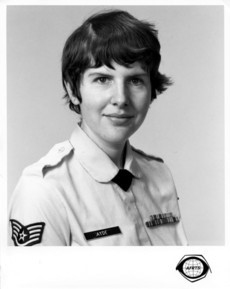 Curiosity led me to look up the history of the Armed Forces Radio and Television Service – from which I parted company about two and a half years before I retired from the military. I found a couple of names I recalled – a guy who was a baby airman when I knew him, now a master-sergeant and instructor at the military broadcaster training school, which amused the hell out of me. Well, someone has to do that – just that I had never seen him as having that potential at all. Frankly, I’m surprised there is still an Armed Forces Radio and Television, what with the international reach of satellite radio and TV these days. For all of me, the military information mission could be folded up and inserted as needed as public service announcements and segments into regular commercial satellite radio and television programs beamed overseas to American military establishments.
Curiosity led me to look up the history of the Armed Forces Radio and Television Service – from which I parted company about two and a half years before I retired from the military. I found a couple of names I recalled – a guy who was a baby airman when I knew him, now a master-sergeant and instructor at the military broadcaster training school, which amused the hell out of me. Well, someone has to do that – just that I had never seen him as having that potential at all. Frankly, I’m surprised there is still an Armed Forces Radio and Television, what with the international reach of satellite radio and TV these days. For all of me, the military information mission could be folded up and inserted as needed as public service announcements and segments into regular commercial satellite radio and television programs beamed overseas to American military establishments.
Oh, I had fun for a time with various assignments in my career field, and didn’t bring down any particular discredit on the various outlets I was assigned to, unlike some that I could mention, but the bald truth of it is that it was a dying career field, and moreover, one which had an unenviable reputation for chewing people up and spitting them out. Add in the fact that you were guaranteed to spend long stretches overseas or in remote locations, and any assignments back in CONUS were guaranteed to be very, very short ones … it was only natural that the appeal of working in that field would wear thin after a while. I looked around one day, when I had about fifteen years total active federal military service, and realized that every station manager I had ever worked for had cracked up in some spectacular manner, either physically or emotionally. There was the one who tried to commit suicide – twice – the one who barely survived the heart attack and the quadruple bypass which ensued, the one who had to work several outside jobs to keep up with the alimony and child support for all of his ex-wives, a handful who were serious alcoholics, the one who tried to stiff the US government with a false claim on his travel voucher … it went on, and on.
Reflecting on this dismaying tendency, I concluded that it was because of a particular kind of stress inherent in having a management position of the kind that broadcasters did. There was an enormous amount of responsibility, but no hands-on effective control. That, so I was told in several professional development courses that took over the years, was guaranteed to produce a high level of stress. One had to see that certain tasks were performed – there were so many hours of live programming produced by the staff, so many spots and readers, that so many hours of television programming were aired – but the means of ensuring that it all happened were all severely limited. One had to operate within the constraints imposed by the supply chain, the transport chain, the station’s individual technological capabilities, peculiarities of the host nation (some of which – notably Greece – were flat-out insane), the personnel system, plain old human nature, and the fact that most stations were tiny tenant units on a larger base. Throw in the demands of a distant headquarters – whose demands were quite often contradictory when they weren’t nonsensical … a good few years of this would begin to tell on the most able, dedicated NCO.
I didn’t see any of these stressors during my breaks from broadcasting, when I worked in the PA shop, or in the military video production service. I saw excellent managers, high morale, an achievable mission, support from higher HQ and realistic expectations of personnel. I got my very-best performance ratings and service citations during those stretches – which to me merely emphasized the dysfunction in the broadcaster organization. I’d have cross-trained in a heart-beat, if I could have, but the high panjandrums of military broadcasting didn’t allow it; you couldn’t even get out to be a recruiter or a DI, which is usually an all-paid-expenses escape with the blessings of your personnel manager. So, I got out of it the only way possible – by bailing at 20 years and never looking back. So did another NCO that I knew – the finest all around broadcaster, manager and leader that I ever worked with; good at everything, which was rather rare (most people had a strong suit of technical skill, administrative wizardry, or leadership, or a combination of any two) – he didn’t make any higher rank than I did. He went into local politics – he’s a city councilman in Plano, Texas these days. I scribble historical fiction. We both got something out of being military broadcasters for a while, but sometimes I do wonder if any other career field would have done better for us.

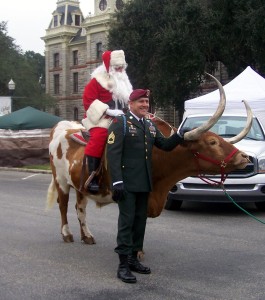
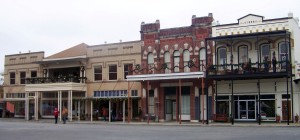
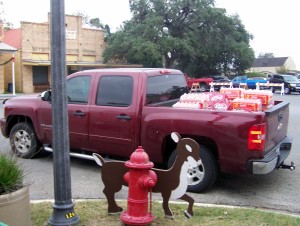
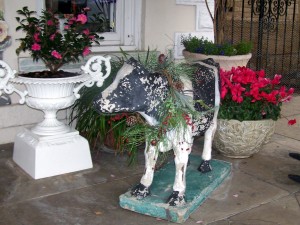
Recent Comments